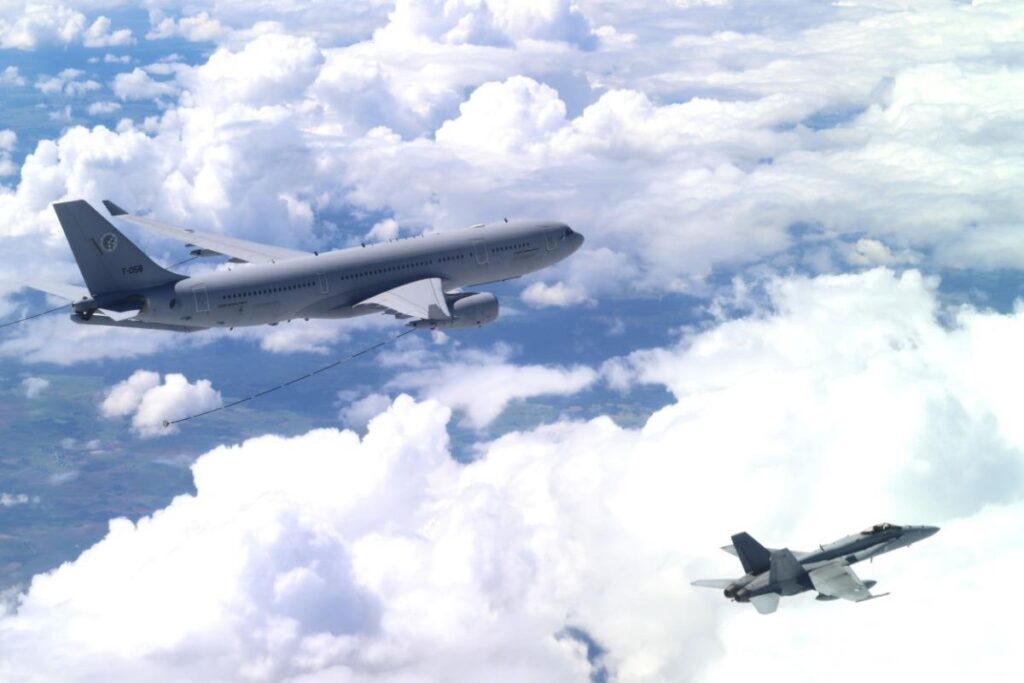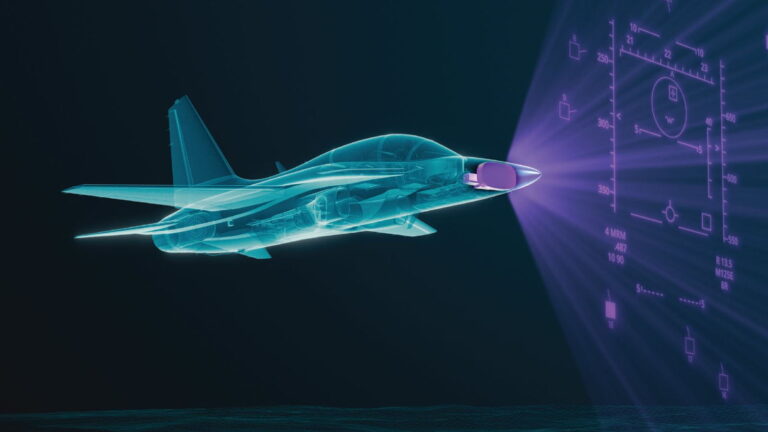
Neptune Strike combined participating air assets – including fighter jets coming from Finland, Greece, Italy, Romania, UK, US and US KC-135 tankers – with the Gerald. R. Ford Carrier Strike Group (GRF CSG) in a perfect Air-Maritime integration - photo courtesy Finnish Air Force
On July 24, Allied forces conducted a complex Find, Fix, Track, and Target (F2T2) exercise over Poland and Lithuania as part of Neptune Strike 25-2, NATO’s enhanced Vigilance Activity (eVA). The training emphasized seamless coordination across air, land, maritime, cyber, and space domains, reinforcing interoperability and combat readiness across the Alliance.
Fighter jets from Germany, Poland, Romania, and the United States joined forces with surface-based missile defense systems from Poland and the US. Together, they executed time-critical targeting operations using integrated intelligence, surveillance, and reconnaissance (ISR) assets. Central to this coordination was NATO’s E-3A AWACS, which delivered airborne command and control, enabling swift target acquisition and communication between air and ground strike assets.
“The major advantage is that we can train with a wide range of aircraft under control, seamlessly integrating this into our regular operation schedule,” said Lieutenant Colonel Francisco Patino Patino, Commander of NATO AWACS Squadron 2. The mission also served as a key opportunity for NATO weapon controllers to refine their skills under operational conditions.
Air-to-air refueling was provided by the Multinational MRTT Unit and French A330 MRTT aircraft, demonstrating the versatility of NATO’s enablers in supporting dynamic operations through aerial refueling, medical evacuation, and transport roles.
As part of Neptune Strike 2025, the exercise combined air assets from Finland, Greece, Italy, Romania, the UK, the US, and US KC-135 tankers with the Gerald R. Ford Carrier Strike Group, showcasing a high level of air-maritime integration. These operations exemplify NATO’s ability to deliver synchronized, multi-domain effects across the European theatre.
Vice Admiral J.T. Anderson, Commander of STRIKFORNATO, emphasized: “Our Neptune Strike enhanced vigilance activities represent important opportunities to coordinate and employ a wide range of combat forces… and demonstrate our combined capability to respond to crises and provide collective defence.”
Guided by NATO’s Supreme Headquarters Allied Powers Europe (SHAPE), Neptune Strike exercises are defensive in nature, conducted in accordance with international law. They demonstrate NATO’s continued commitment to deterrence, collective security, and the protection of Allied populations and territory.





